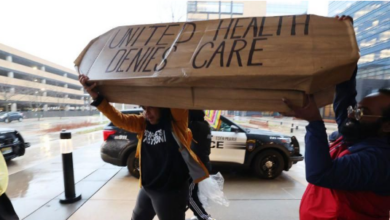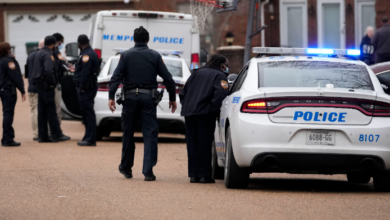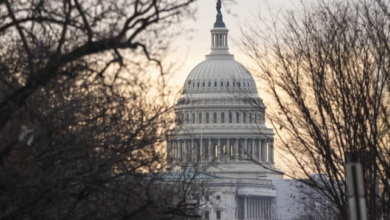Cities In America With The Largest Black Homeownership Gap


Source: skynesher / Getty
America has a Black homeownership problem that needs more of our attention.
Fewer and fewer Black families are buying homes and being forced to rent, which has stretched the Black homeownership gap to its highest rates since the 1960s when private race-based discrimination was legal.
According to the Urban Institute, since 2001, the Black homeownership rate has seen the most dramatic drop of any racial or ethnic group, declining 5%, compared with a 1% decline for white families and increases for Hispanic and “other” families (primarily Asian Americans and Pacific Islanders).
Due to a long history of discriminatory lending practices called ‘redlining,‘ Black homeownership and wealth have always been a struggle.
Housing discrimination has been outlawed for over 50 years, yet black homeownership rates are at the same place they were when the 1968 Fair Housing Act was passed.
According to the U.S. Department of Housing and Urban Development, the Fair Housing Act prohibits discrimination in housing because of race, color, national origin, religion, sex, familial status, or disability.
It also makes it illegal to harass persons because of race, color, religion, sex (including gender identity and sexual orientation), disability, familial status, or national origin. Among other things, this forbids sexual harassment.
But even with all these protections, the problem still grows.
Black homeowners face tremendous challenges regarding credit, mortgage rates, lending practices, and income.
A study from the American Housing Service found that Black buyers are more likely to have higher mortgage rates than white buyers of not only the same income level but lower income levels.
Blacks are also more than twice as likely to be rejected for mortgages compared to white homebuyers.
Even though the Black homeownership gap has fluctuated over the years, it still stays steady between 20% to 30% as compared to their white counterparts.
Why is homeownership so important? Homeownership can provide wealth for generations. It can be passed down or sold as an investment property. Retirement is also a key factor. Being able to live rent-free after you retire will save you a ton of money and protect your financial security. Whatever the case may be, Black people need to have access to homeownership. It’s a critical pathway in building wealth for future generations to come.
Below are 10 cities with the largest Black homeownership gaps in America:
1. Portland, ME (24.4% gap)
2. Scranton, PA (22.6% gap)
3. Madison, WI (19.6% gap)
4. Des Moines, IA (17.7% gap)
5. Minneapolis, MN (17.3% gap)
6. Worcester, MA (16.9% gap)
7. North Port, FL (16.9% gap)
8. Syracuse, NY (16.3% gap)
9. Grand Rapids, MI (16.2% gap)
10. Pittsburgh, PA (15.8% gap)
SEE ALSO:
What Is Fair Housing Month And Why Is It Important To Black People?
Why Are Black Families Pretending To Be White To Sell Their Homes?
[ad_2]
Source link







